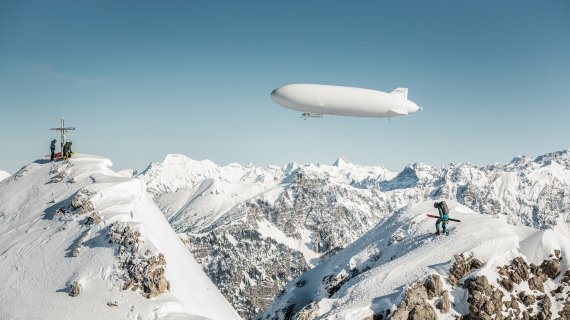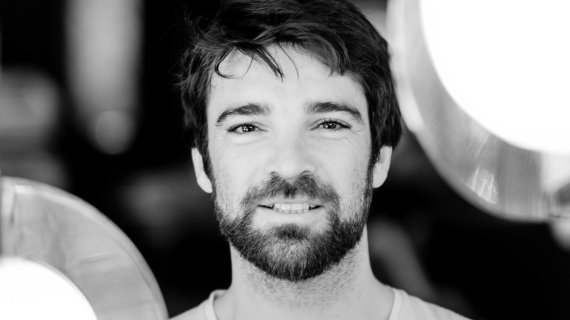Where is the snow? The climate changes, the glaciers melt - at the same time we look back on two magnificent winters in the Alps. Climate researcher Dr. Marc Olefs explains in an interview how winters are changing due to climate change. And what that means for outdoor sports in the Alps
It Is Very Important for Alpine Sports That We Reduce Greenhouse Gas Emissions
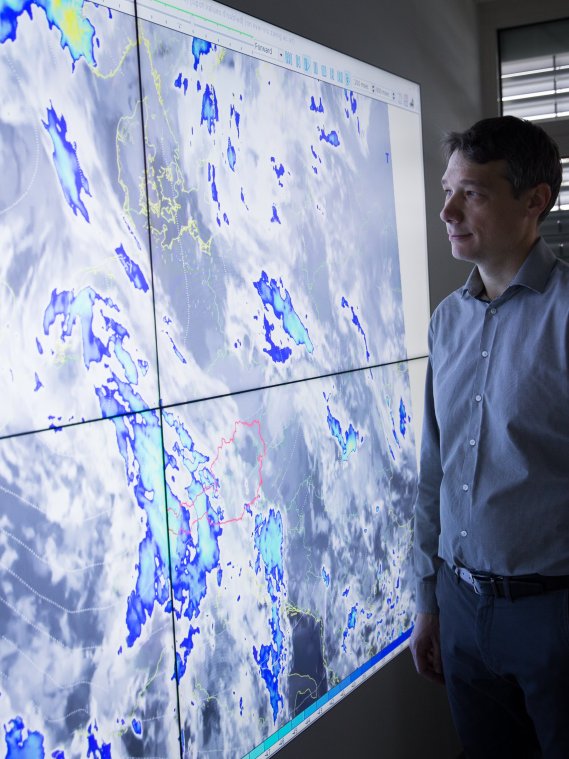
In the last few seasons we have experienced some good winters with lots of deep snow in the mountains. Just a casual question: Does climate change mean more powder days for the Alps?
The climate models actually show that if greenhouse gas emissions continue unabated, we expect an increase in winter precipitation of around 20 percent in the second half of the century. But this only applies to the end of the century, i.e. for the period 2070 to 2100.
So after all our grandchildren can expect more snow in the mountains again.
For individual powder events in high altitudes maybe, but not overall. This is because the increase in precipitation is accompanied by a progressive rise in temperature - and even at higher altitudes, the increased precipitation cannot compensate for the rise in temperature.
Why is it so difficult to predict how climate change will affect the Alps?
Research does not make exact predictions, but rather climate projections - because we have to take into account a great many uncertainties in the future, for example the development of the population. In addition to these uncertainties, two things play an important role: time frame and parameters. As far as the time frame is concerned, especially in the Alps, natural fluctuations will dominate man-made climate change for the next ten to thirty years - human influence will only dominate temperature changes over periods of thirty years and beyond. And with it also the change in the snow cover. Everything that is temperature-dependent, i.e. heat, evaporation and so on, we can calculate very well, and climate models can handle this very well. But when it comes to parameters such as precipitation or even cloud cover and wind, it gets really difficult - calculations are more complex and the statements are much more uncertain.
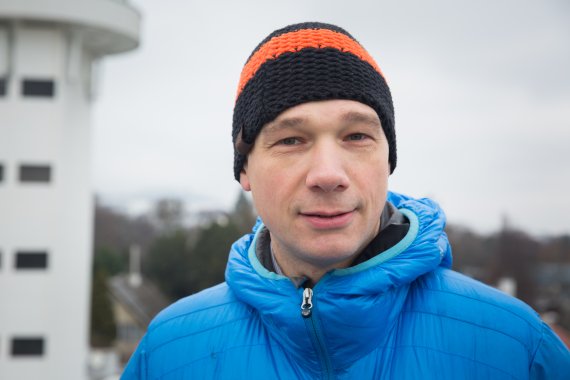
Are the amounts of snow that we and our parents' generation still remember from childhood a romanticization of the past - or is there really less snow statistically speaking?
In the 1960s and 1970s there were numerous winters with more snow, as we can see from the measured data. These were natural variations. In addition, however, we are already feeling the effects of global warming, especially in lower and middle altitudes. If we look at the development since the 1950s, we actually see a long-term decrease in snow cover.
Why is it so difficult for people to distinguish between weather and climate?
The thing we feel every day when we go out is weather. There are seasonal temperature fluctuations, for example from one winter to the next, which can be as high as eight degrees. In comparison, man-made global warming is only 0.3 degrees per decade. For some people, therefore, the climate or climate change is only noticeable when it is overlaid with natural fluctuations such as heat waves in summer, which have always existed.
Avalanche accidents such as the one in Galtür are events that have nothing to do with global warming for the time being - such extremes have occurred repeatedly in the past and will continue to occur in the future
Will climate change lead to an increase in extreme weather events in the Alps?
When we talk about extreme weather events, we have to differentiate, and when it comes to small-scale, local events, such as thunderstorms and hail, we have a clear assumption: the stronger the greenhouse emissions become, the more severe small-scale storms become. If we look at the large-scale precipitation associated with low-pressure systems, we cannot yet make any clear statements about how they will change in the future.
Many climate change sceptics say that extreme events such as the avalanche winter in Galtür in 1999 have happened before. So everything's normal?
For the time being, this has nothing to do with scepticism about man-made climate change: Accidents like the one in Galtür are events that occur as a result of extreme weather situations. Such extremes have occurred in the past and may occur in the future. Back in February 1999, a very unfavourable constellation of snowy and sometimes stormy weather conditions came together - with three times the average amount of precipitation. So enormous masses of snow in a very short time. And this has nothing to do with global warming for the time being, nor does it contradict it. However, there are indications that once weather conditions have been set, they may persist for a longer period of time in the future and favour such unfavourable weather events. However, there is still a lot of research to be done in this field.
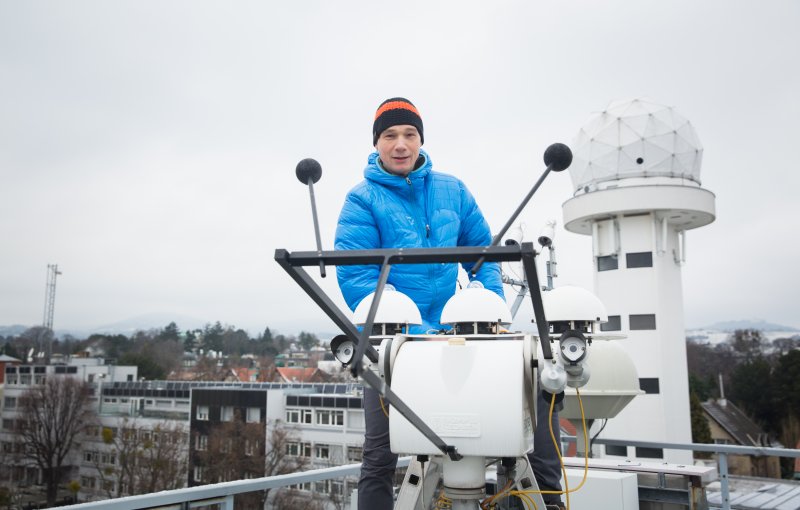
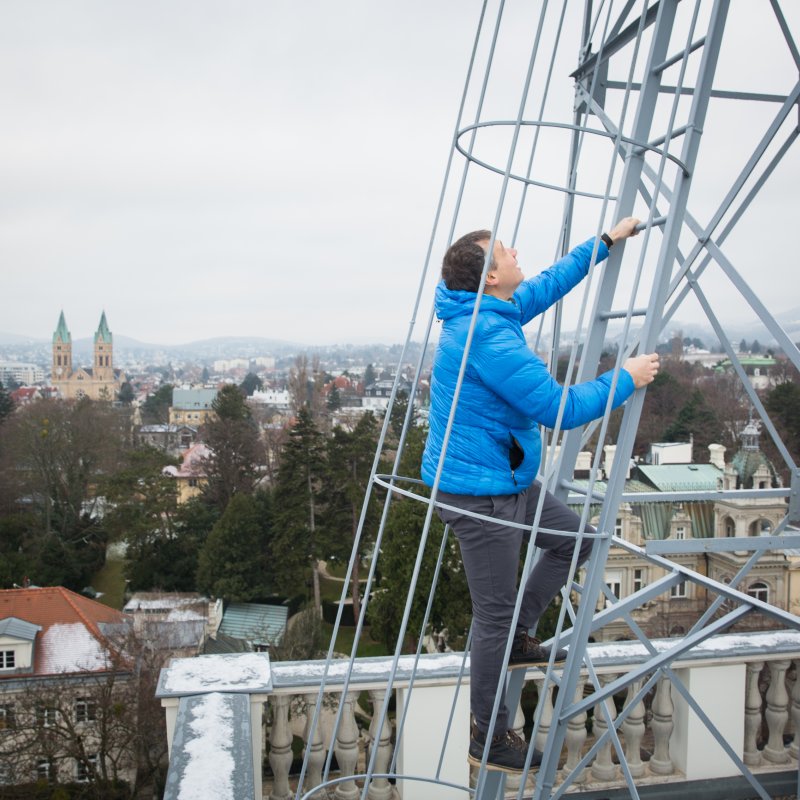
So it cannot be said that extreme weather events are caused by humans?
At present, they are mainly aggravated by humans - for example summer heat waves. In the future, however, some of them could really be additionally caused by humans, for example more and stronger small-scale storms. So far there are only indications of longer lasting weather conditions. This is due to the jet stream, the strong wind band that surrounds the northern hemisphere at a height of more than eight kilometres. We know that the jet stream has become weaker because the temperature difference between the Arctic and mid-latitudes is shrinking as the Arctic warms up faster than mid-latitudes. However, this temperature difference is the fuel for the jet stream. When the jet stream slows down, weather conditions can become entrenched and stay in place longer. As I said, so far there are only indications of this, no reliable evidence - and no agreement in science.
Nevertheless it is currently popular on weather blogs to explain the winter weather with the unstable jet stream. What influence does the jet stream really have on our winters?
When the jet stream slows down, it tends to beat stronger meanders, it lurches like the curves of a river in a natural riverbed. This blocks the entire jet stream, which means that weather conditions can get stuck...
Summer tourism can benefit from climate change. The Alps are becoming a more attractive alternative to the increasingly hot Mediterranean
... and there are long cold periods with a lot of precipitation, even if it is getting much warmer globally?
Depending on the location, very warm air masses can then move from the south to the north and very cold Arctic air masses to the south. This means that even a mild and dry winter period is possible. This does not contradict the fact that in the long term the winters will become warmer, because these are phenomena that are limited to two, maximum three weeks and are also limited geographically. The average winter temperature can still rise. Weather and climate are becoming more variable.
January 2019 was such a situation that we assume it could happen more often. For 15 to 16 days between the end of December and mid-January, a situation with cold air from the north being blocked on the northern side of the Alps led to extreme amounts of fresh snow. Such an event actually only occurs every 30 to 100 years, so it is a quite extreme event. This is on the one hand a natural fluctuation - but also a weather situation that could occur more often with the weak jet stream.
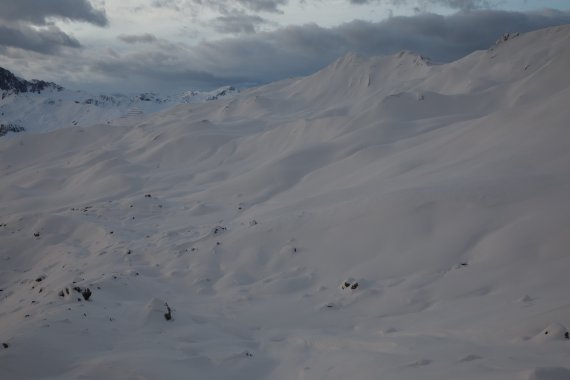
Will we have to expect these extreme fluctuations in future winters - lots of snow, then strong temperature rises again? Does this make the planning of outdoor activities more complicated?
Yes. We have to expect that in the winters of the future the fluctuations of the snow cover will increase. This is simply because the warming in low and medium altitude regions will lead to more frequent phases with less snow in winter. In addition, however, there is a tendency towards longer-lasting weather conditions, with long warm periods or individual snowfall events such as last January, which can shape an entire season.
If the natural fluctuations are so big and have always existed, are we humans at all to blame for global warming?
Yes, definitely. We have observed a temperature increase of two degrees in the Alpine region since the beginning of industrialisation. We know, seen globally, that more than half of the temperature change since 1950 has been caused purely by humans. If we only look at the last 20 to 30 years, 80 to 90 percent are caused by humans.
If greenhouse gas emissions continue unabated, we expect the natural snow cover to decline by 80 to 90 percent at lower altitudes by the end of the century
Will the map of "snow magnets" have to be redesigned in the future?
No, the big differences in snowfall are mainly due to the topography, i.e. the height and shape of the mountains. This determines where congestion can occur. These major differences will continue to exist in the future.
Low pressure areas over the Mediterranean Sea are important snow-bringers for the Southern Alps. However, the Mediterranean region is currently warming 20 percent faster in comparison to the global average. How will this affect winters in the Southern Alps?
The warming of the Mediterranean Sea is currently presumably compensated by the retreating jet stream: The jet stream lying more to the north should lead to a decrease in the low pressure areas over the Mediterranean. However, this is compensated for by a warmer Mediterranean - which in turn creates more low-pressure areas. If there is no significant decrease in the Mediterranean lows in the near future, this will not change the amount of snow at higher altitudes in the south. In East Tyrol or Carinthia at altitudes below about 1500 meters above sea level, however, we see a long-term decrease in snow depth due to the progressive warming. In higher altitudes, however, for example on the Villacher Alpe in Carinthia at 2000 metres, we even see a slight increase in snow depth, because the Mediterranean low pressure systems have increased slightly again in the last 20 years. The effects of the Mediterranean lows on the amount of snow in the Southern Alps must therefore be differentiated even more strongly according to altitude.
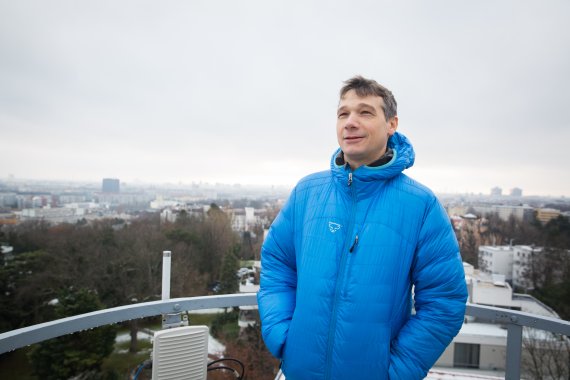
What will winter sports in the Alps look like in 30 years? Will we still be able to ski at low and medium altitudes in 2050?
Where there is only natural snow, we expect the amount of snow to decrease. On ski slopes, technical snowmaking can be used until the middle of the century. However, technical snowmaking also suffers from global warming, it is dependent on the air temperature. The time windows in which snowmaking is possible are becoming shorter, making it more expensive to maintain ski operations.
What can we expect from the summers in the Alps?
The most extreme development is an increase in small-scale storms, which, with unrestricted greenhouse gas emissions, will continue to increase in the second half of the century because the air stratification is becoming more unstable. In addition, the number of hot days will increase significantly. Due to the increased temperature we also expect a higher evaporation rate, floors dry out faster and longer. This is problematic for agriculture. We assume that, if greenhouse gas emissions continue unabated from the second half of the century onwards, drought events, which currently occur every 20 years, will already occur every five years.
It is therefore very important for Alpine sports that the Paris Climate Convention is implemented
Is there also something positive about climate change for the Alpine region?
Summer tourism can benefit from climate change. The Alps are becoming a more attractive alternative to the increasingly hot Mediterranean region.
You have spoken a lot about "unrestricted greenhouse gas emissions". What will happen in the Alps if we can curb these emissions?
This can be illustrated well, using snow as an example: With unrestricted greenhouse gas emissions, we expect the natural snow cover to decline by 80 to 90 percent at lower altitudes by the end of the century. If we implement the Paris Agreement, we could reduce these reductions by half. It is therefore very important for Alpine sports that the Paris Climate Convention is implemented.
